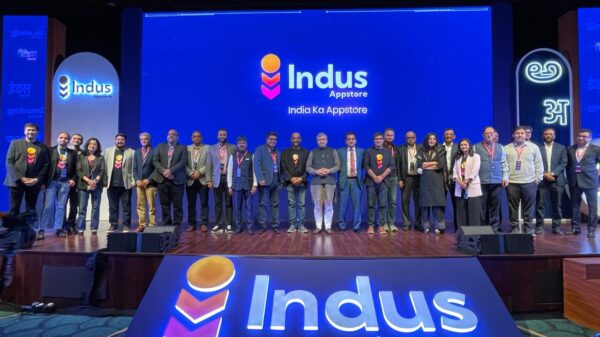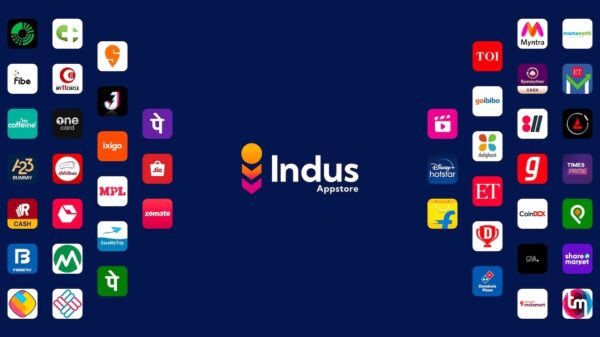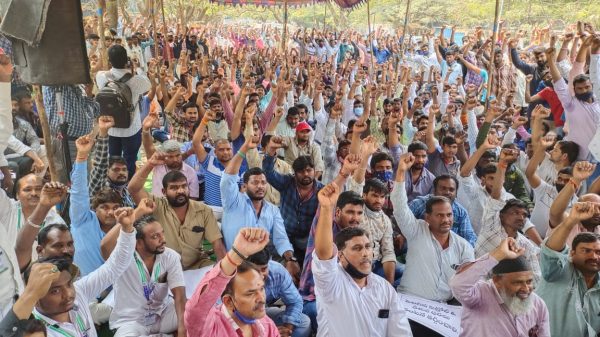The Central Drugs Standard Control Organisation (CDSCO), which regulates pharmaceuticals and medical devices in India, and the Ministry of Health and Family Welfare are currently working towards framing a policy for regulating online pharmacies, according to this Livemint report. Apparently, the government wants to set up an electronic platform, which will be the focal point for monitoring all sales via online pharmacies. The report also mentions that drugs will be categorised into five separate brackets: Medicines with limited risk of abuse Medicines with greater risk of abuse Over-the-counter drugs Prescription drugs Antibiotics and anti-bacterial drugs Narcotics and psychotropic drugs Earlier this year, the Ministry of Health and Family Welfare had begun a public consultation regarding an electronic platform for regulating the sale of medicines in India. A revenue model had also been proposed for this portal: a small transaction fee of not more than 1% of total cost of medicines, subject to a ceiling of Rs 200 per prescription, to be paid online by pharmacies/ e-pharmacies/ wholesale /retail distributions, etc.”, as well as a “small amount of registration fee and renewal fee for manufacturers/ pharmacies/hospitals/ clinical establishments, etc.” More on this here. This development happened almost two years after the the Indian Pharmacist Association (IPA) wrote to the Drugs Controller General of India (DCGI) opposing online pharmacies in India. With this in mind let's look at how the United States regulates online pharmacies and what India can learn from it. United States To begin with, note that in the United States pharmacies (online or offline) are licensed at the state level, and…





























